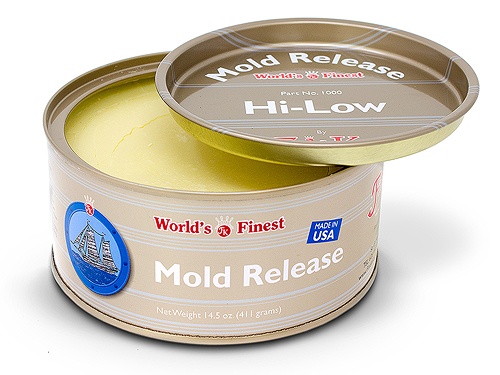General procedure for preparation of molds for making parts can be described in three easy procedural steps:
- Cleaning the mold surface
- Sealing porosity of the mold surface
- Application of mold release agents
In the case of old molds, one has to rejuvenate the mold surface or make the mold surface like new by sanding and applying compounds & polishes depending on the conditions of the mold prior to following the above outlined procedure.
Various types of mold materials are used depending on what types of products are being cast. In general molds are made from:
- Aluminum
- Stainless Steel
- Tempered Glass
- Densified Marble
- Densified Granite
- Urethane, which includes, Elastomer Urethane, Polyisocynate Component A, Hydro Resin Component B, Urethane Foam, Isocynate Component A (Diphenylmethone), Polyol Component B, etc…
- Epoxy
- Plaster, etc…
- FRP
- Gel Coat
Some of these mold materials require special attention and preparation. Thus, on the following pages, we provide the necessary information about how to handle various types of molds as well as specific procedures and the materials required to work with each of the mold materials listed above.

PROCEDURE FOR RESIN TRANSFER MOLDS (RTM) USED WITH DENSIFIED MARBLE & DENSIFIED GRANITE
